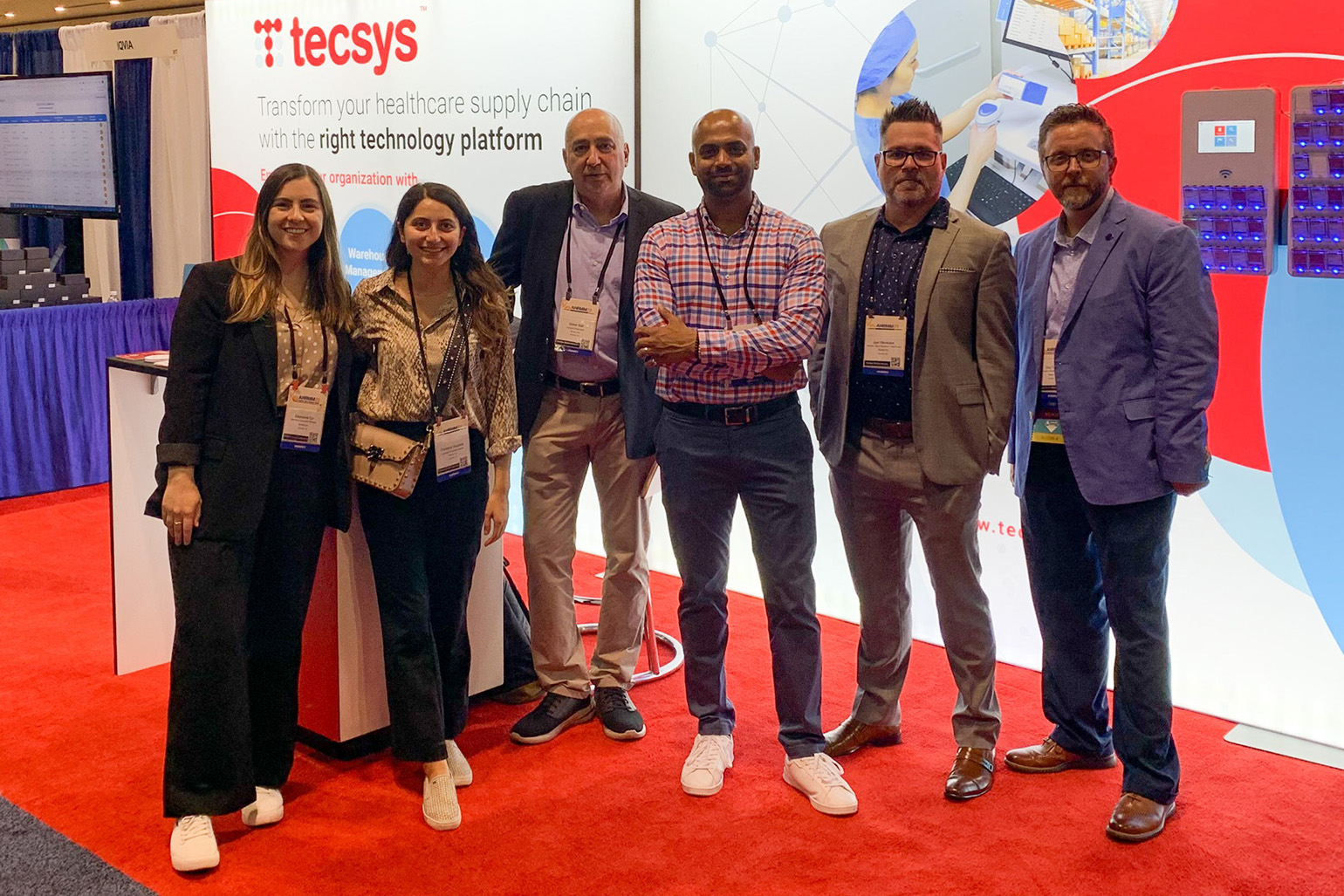AHRMM 2023 Focused on “3 S’s” of Healthcare Supply Chain: Stabilizing, Strengthening and Streamlining

At this year’s Association for Health Care Resource & Materials Management (AHRMM 2023, August 6-9, 2023) Conference & Exhibition in Orlando, healthcare supply chain leaders came together to discuss the challenges and opportunities of operating in the post-pandemic world.
Throughout the conference, during educational sessions and in my conversations with other presenters and attendees, everyone was talking about how to stabilize, strengthen and streamline their supply chains. As an industry, we need to rethink strategies and restructure processes to overcome today’s operational and financial challenges and position ourselves for future success.
The stabilization of medical/surgical and pharmaceutical supply availability remains a priority as healthcare organizations struggle with ongoing shortages. Faced with having to do more with less, supply chain leaders spoke about how they are streamlining the supply management process by leveraging analytics to identify and prioritize at-risk products.
AHRMM 2023 attendees also spoke about the importance of stabilizing and strengthening the workforce through efforts to retain team members and grow leaders from within, while also attracting top talent from other industries.
The Sanford Health Story
I had the pleasure of presenting at AHRMM 2023 alongside Sanford Health Director of Sterile Processing Susan Pfeifer and Special Projects Specialist Allyson Kleespie.
The key themes of stabilizing, strengthening and streamlining were woven through our presentation on their work to achieve 90%+ preference card accuracy.
Pfeifer and Kleespie shared their journey of:
- Strengthening the relationship between the Sanford Health sterile processing and surgical teams,
- Streamlining the process of preference card optimization, and
- Stabilizing the supply flow to minimize unnecessary reprocessing and product waste that stemmed from out-of-date surgeon preference cards.
The work of Pfeifer, Kleespie and their team has generated $1.4M+ in savings through on-hand inventory reduction alone, not including labor and productivity gains.
In a case study documenting their journey, including missteps and restarts along the way, Pfeifer explained how the initiative, which they termed “Maintain Gains,” isn’t a one-time project, but rather an ongoing effort that requires continued dedication and work:
“Governance will be critical moving forward to sustain our work. Maintain Gains can’t just be a group of people trying to influence from the basement. Commitment to ‘process’ improvement must be ingrained within the culture of the organization for effective change management.”
The Trifecta: Uniting Supply Chain, Clinical and Finance Teams
Sanford Health’s physician preference card optimization success required the integration and analysis of supply chain and clinical data, along with close collaboration between the two teams. It is a great example of what can be achieved through a “clinically integrated supply chain,” one where there is “assimilation and coordination of clinical and supply chain knowledge, data and leadership.”
While supply chain/clinical integration remains a top priority among healthcare supply chain leaders, AHRMM 2023 shined the spotlight on another relationship key to improved cost, quality and outcomes; that of supply chain and finance.
Given the current financial crisis, with high inflation and rising supply costs, health system and hospital chief financial officers (CFOs) increasingly recognize the value of stabilizing, strengthening and streamlining their organizations’ supply chains. But in many cases, supply chain and finance teams sit in their own silos without the ability to share information and align on impactful and measurable key performance indicators (KPIs).
In an upcoming blog post, Tecsys CFO Mark Bentler will explore how shared technology and data visibility are the foundation for successful collaboration among finance and supply chain teams.
“When these stakeholders leverage an end-to-end technology platform containing timely, accurate and complete supply chain, clinical and financial data, they can connect the dots between operational execution, planning and improving,” Bentler explains.




